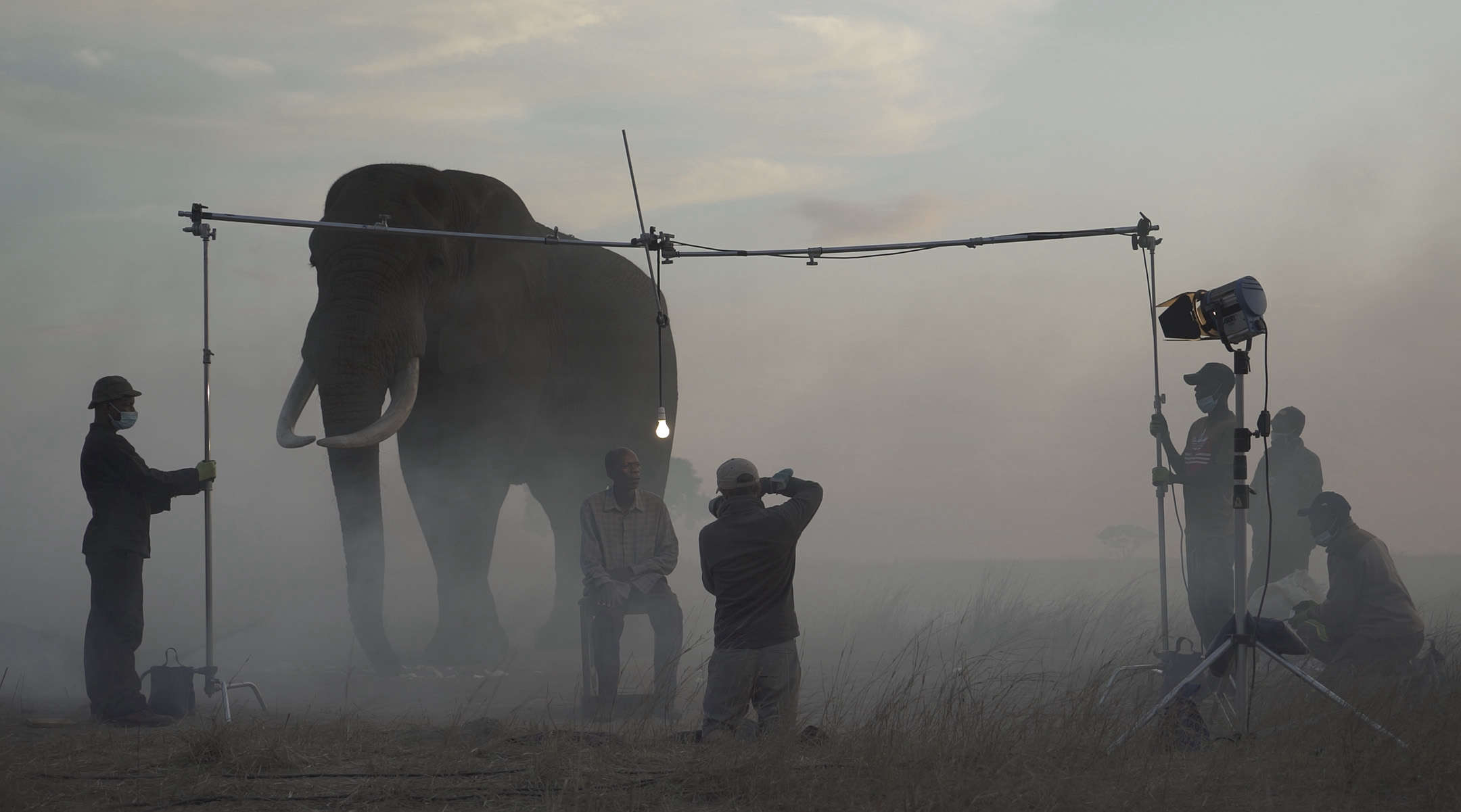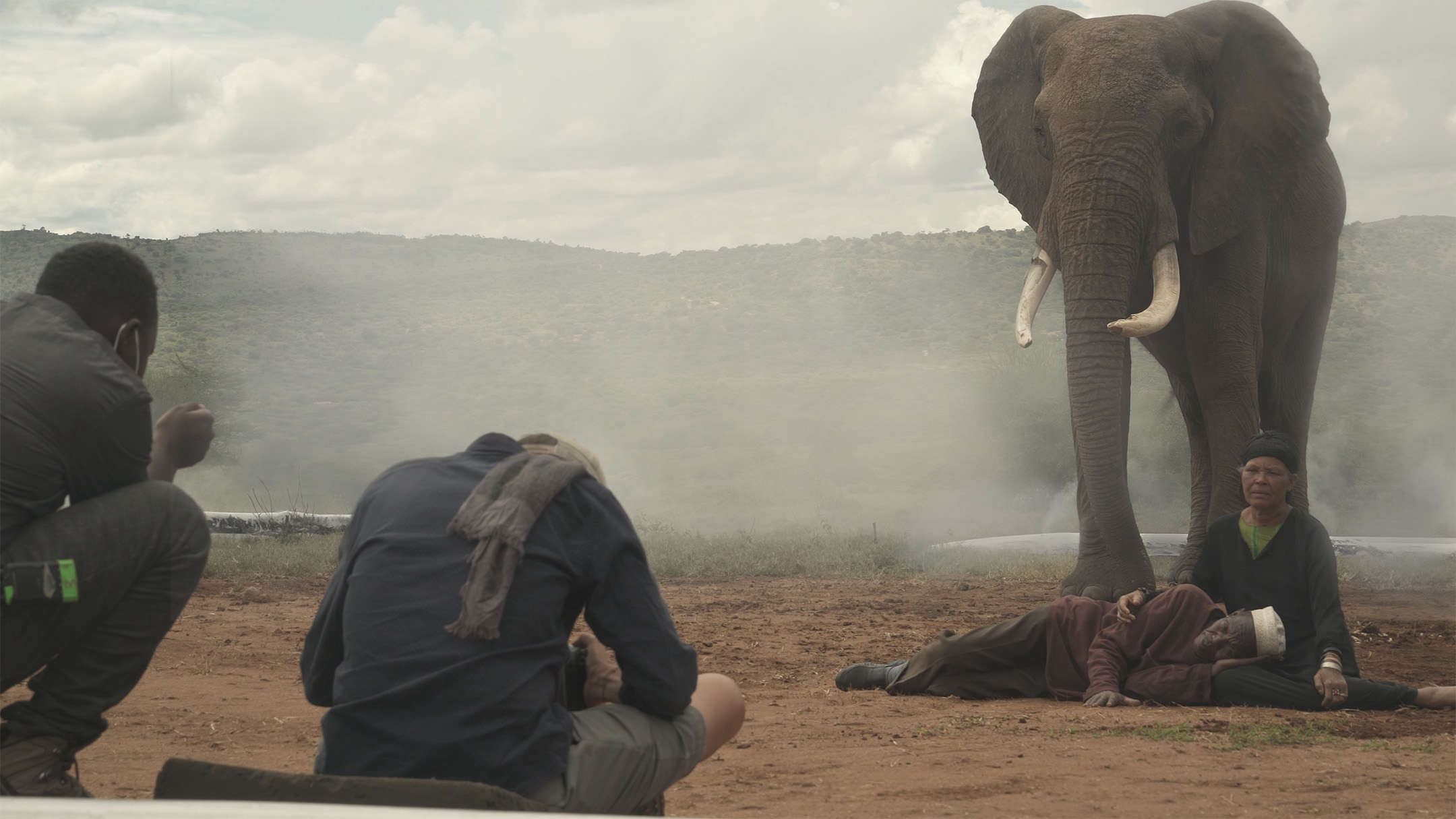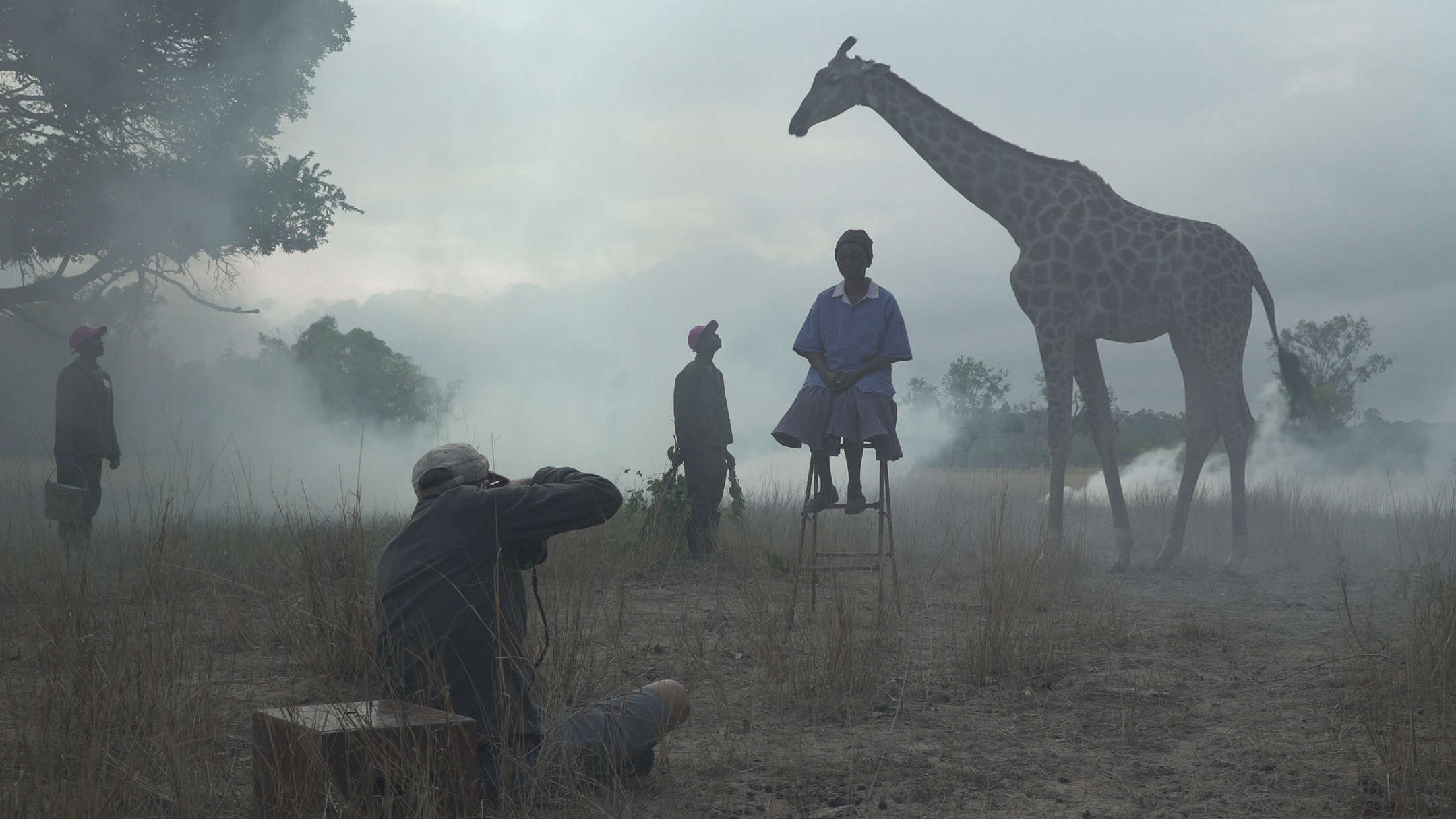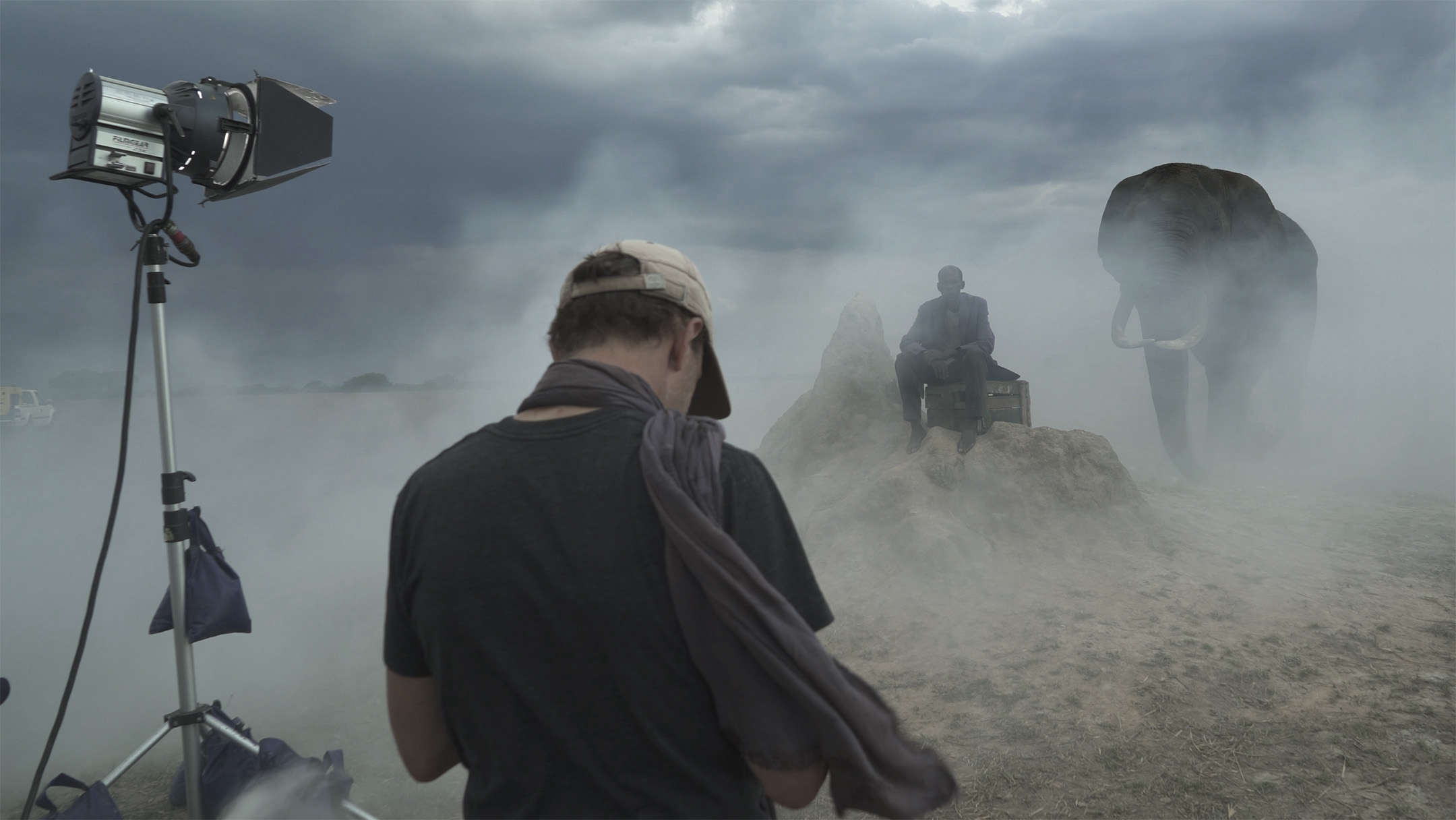Question: Is it possible to discuss any piece of work created in 2020 without mentioning that it was made in Year One of COVID-19?
My answer : no.
Indeed in 2020, a world obscured by fog felt wholly appropriate, as we all felt as if we were living in a limbo, waiting to be able to re-engage with life.
2020 was also a year of record-breaking mega-fires - from California to Siberia, from Brazil to Alaska. Back home in California, I spent 6 weeks living in landscapes shrouded by the toxic smoke formed from forests and animals incinerated hundreds of miles to the north.
And 2020 was a year of vital civil protest, where we saw people obscured in fog-like plumes of tear gas.
I actually didn’t intend to start The Day May Break on the African continent. I had other plans. Well, we all did. But COVID changed everything. So as I looked around the planet, and the countries relevant to the themes of this work, photographing in Kenya and Zimbabwe seemed very achievable. Kenya had stayed open to international visitors throughout, and Zimbabwe opened up a month or so before I arrived.
I carefully chose the five sanctuaries / conservancies where we would photograph based on their reputations and good practices. I only wanted the best of partners, whose conservation and rescue work I could endorse. All these five more than fit that bill. And this was a two-way street : they also needed to approve me and make sure that the animals would be treated respectfully. It was a pleasure to work with all five, and I dearly hope that they benefit from the additional exposure. Perhaps some of you may also donate to help the work they do.
Of course, because these animals were rescues, the people whom I photographed had to come to where the animals were. In the weeks before I arrived, several researchers traveled around, meeting people impacted by climate change. In Kenya, they found people close to where we photographed, who had migrated to a nearby town after the collapse of their livelihoods elsewhere in Kenya. In Zimbabwe, many came from much further away: from the east, cyclone survivors like Luckness and Kuda, and from the west, struggling farmers like Matthew.
All the people had been dealt misfortune in differing degrees due to climate change. Some were extreme. After all, what is worse than losing your children? But throughout their time on the shoot, they were all unfailingly gracious, dignified and patient.
And the animals were special in their own way too, preternaturally calm and accommodating, with no signs of stress, clearly well cared for by their keepers.
The crew and I were astonished by how relaxed everyone was in front of camera around the animals in such close proximity. Occasionally, a rhino or elephant slowly moved over and nudged someone, like Najin the rhino did with James, or Kura the elephant did with Luckness. But they barely flinched in response.
My answer : no.
Indeed in 2020, a world obscured by fog felt wholly appropriate, as we all felt as if we were living in a limbo, waiting to be able to re-engage with life.
2020 was also a year of record-breaking mega-fires - from California to Siberia, from Brazil to Alaska. Back home in California, I spent 6 weeks living in landscapes shrouded by the toxic smoke formed from forests and animals incinerated hundreds of miles to the north.
And 2020 was a year of vital civil protest, where we saw people obscured in fog-like plumes of tear gas.
I actually didn’t intend to start The Day May Break on the African continent. I had other plans. Well, we all did. But COVID changed everything. So as I looked around the planet, and the countries relevant to the themes of this work, photographing in Kenya and Zimbabwe seemed very achievable. Kenya had stayed open to international visitors throughout, and Zimbabwe opened up a month or so before I arrived.
I carefully chose the five sanctuaries / conservancies where we would photograph based on their reputations and good practices. I only wanted the best of partners, whose conservation and rescue work I could endorse. All these five more than fit that bill. And this was a two-way street : they also needed to approve me and make sure that the animals would be treated respectfully. It was a pleasure to work with all five, and I dearly hope that they benefit from the additional exposure. Perhaps some of you may also donate to help the work they do.
Of course, because these animals were rescues, the people whom I photographed had to come to where the animals were. In the weeks before I arrived, several researchers traveled around, meeting people impacted by climate change. In Kenya, they found people close to where we photographed, who had migrated to a nearby town after the collapse of their livelihoods elsewhere in Kenya. In Zimbabwe, many came from much further away: from the east, cyclone survivors like Luckness and Kuda, and from the west, struggling farmers like Matthew.
All the people had been dealt misfortune in differing degrees due to climate change. Some were extreme. After all, what is worse than losing your children? But throughout their time on the shoot, they were all unfailingly gracious, dignified and patient.
And the animals were special in their own way too, preternaturally calm and accommodating, with no signs of stress, clearly well cared for by their keepers.
The crew and I were astonished by how relaxed everyone was in front of camera around the animals in such close proximity. Occasionally, a rhino or elephant slowly moved over and nudged someone, like Najin the rhino did with James, or Kura the elephant did with Luckness. But they barely flinched in response.






